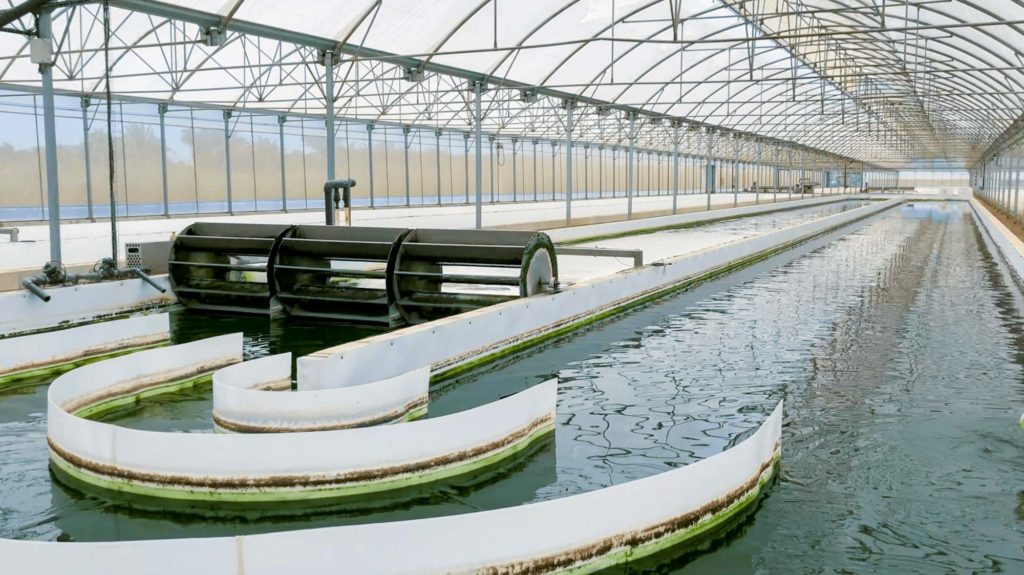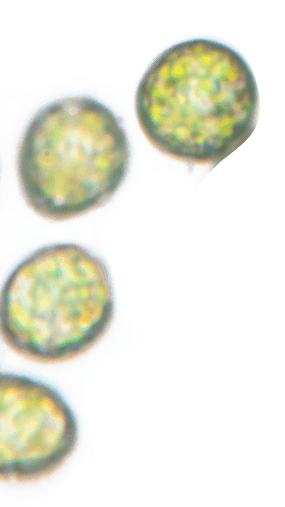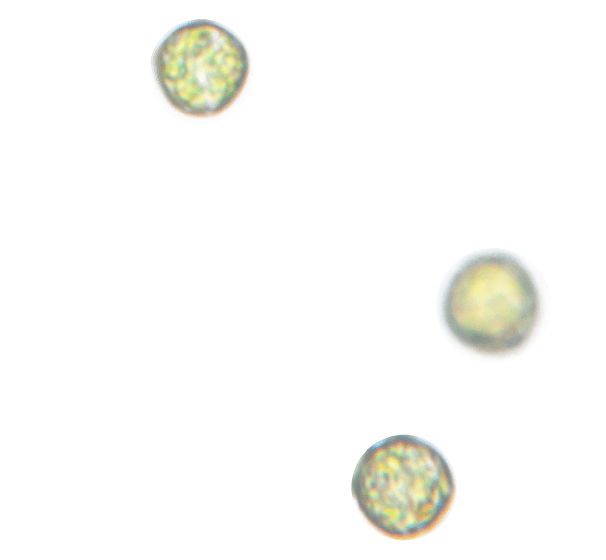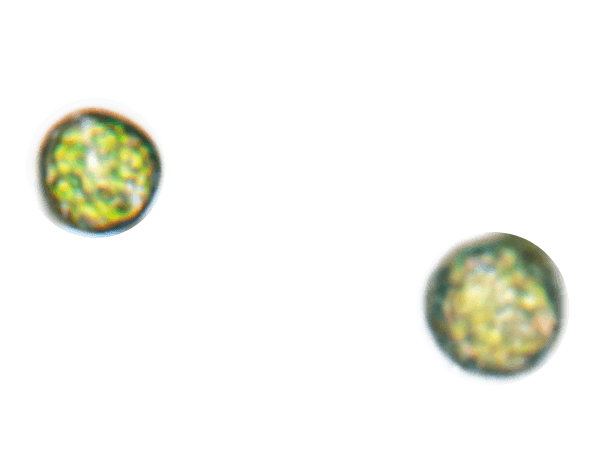Water is essential for life. Humans survive only about three days without water intake. Animals and plants need it. Industry also needs it to generate energy, manufacture goods or grow crops. With the growing population, the demand for freshwater is constantly increasing. According to a United Nations forecast from 2015, the global freshwater resources will decline by 40% by 2030 if the trends of water usage continue. At the same time, climate change is affecting the global water cycle and thus our freshwater resources. For instance, droughts are becoming more frequent and are lasting longer.
Water pollution is also putting a great strain on our water resources. Agriculture is one of the biggest polluters of water, according to a report by the European Environmental Agency from 2018. Nitrogen, phosphorus and other nutrients are added to the irrigation water to help plants grow healthy and produce good yields. However, plants do not absorb all the nutrients in the irrigation water. The remaining nutrients end up washed into rivers and lakes. Nitrates, for example, are the primary pollutant, affecting 18% of European groundwater.
When too many nutrients accumulate in water bodies, plants and algae grow excessively, creating “dead zones” where oxygen is scarce, and fish and other animals fight to survive. Microalgae, just like plants, need nitrogen and other nutrients. A higher concentration of nitrogen, is a feast for microalgae and they bloom.
The microalgae’s need for nitrogens can actually be used to our advantage, and that‘s what the REALM project is all about. The REALM team is working towards a new cultivation facility where microalgae grow in agricultural effluent. As they grow in this controlled facility, they remove the fertilisers from the water, preventing their accumulation in the environment and keeping freshwater bodies clean.
This concept is being developed with wastewater from soilless greenhouses. In their proximity microalgae cultivation systems are installed, such as big re-circulation ponds, called raceway pond, in which a paddle wheel propels the microalgal culture. They are particularly suitable for low-cost operations, as investment and operation costs of raceway ponds are lower than for other systems.
Once the nutrient concentration has reached legal limits, the recycled water can be safely reused in the greenhouse or released to the environment. The produced microalgae can be developed into bio-fertiliser, bio-pesticides and feed for aquaculture, as they are rich in proteins, fatty acids and nutrients.

Raceway pond for microalgae cultivation.





![UKRI logo [W] UKRI logo [W]](https://realmalgae.eu/wp-content/uploads/elementor/thumbs/UKRI-logo-W-qpvs3ojy8iduv0fhwct4qqi0nrhb6qt3tstfu87keo.png)

